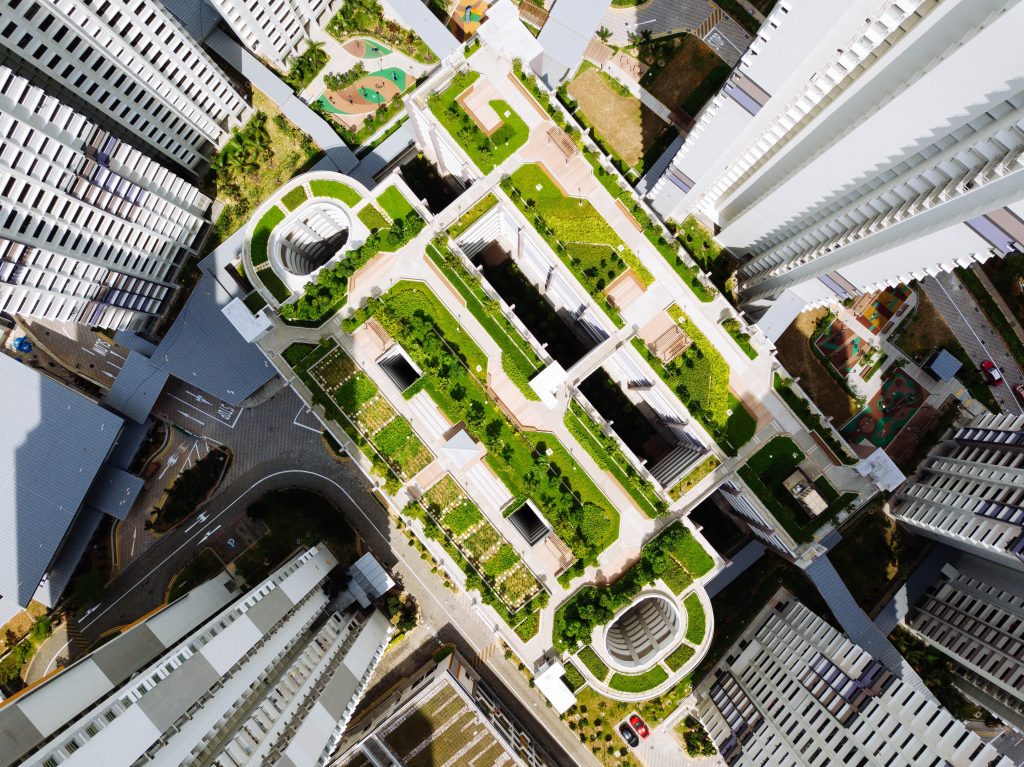A living roof shed provides a green space for the garden and increases the aesthetics. Besides, the living roof comes with other benefits like providing a habitat for birds, improving air quality, and ensuring your gutters don’t overflow.
Living roofs for sheds are easy to create, and since most homeowners prefer DIYs, this is a project you will enjoy. Luckily, our article mentions some essential steps like knowing the angle of the roof, installing waterproofing, and growing the roof.
However, before we get into the steps on how to build a living roof shed, let us first look at the benefits of a living roof.
Benefits Of A Living Roof
Most homeowners would love to have a living roof on their homes, and that’s because it comes with numerous benefits. Here are some of the advantages to consider.
- Increase Energy Efficiency
Green roof installation could be expensive, but it has essential benefits like energy saving. The house does not get hit directly by UV rays, meaning the HVAC system has less work to do. This translates to low energy usage.
- Increase Home’s Value
A home with a living roof on it’s shed has more value than one without. Besides, it increases the chances of getting a home buyer if you set up your house for sale because of the home’s beauty and reduced energy usage.
- Increases Roof Lifespan
When the shed has a living roof, it’s not directly hit by sun rays, which damage the shingles, lowering its lifespan. The foliage also reduces the roof’s maintenance costs. Therefore, homeowners will save more with less maintenance and less need for roof replacements.
- Increase the Comfort of the Place
Having a living roof makes the house a more comfortable place. The views of the roof are aesthetically appealing, and the air is cool and clean. Also, some homeowners fill their living roofs with herbs that they can harvest and use.
How To Build A Living Roof On Shed
Now that you know what a living roof brings to your house, you probably are interested in knowing how to build one. Luckily, this guide will help you. Check it out.
- Ensure Safety
Before installing the garden, the first thing to check is the sturdiness of your roof. The green garden is heavy, and it could cause a roof collapse if installed on a weak surface. It happens because the soil becomes heavier when it rains. If you are unsure, contact a roofer for a guide.
- Check the Roof’s Angle and Waterproofing
A living roof can be installed on a flat or pitched roof, but it should be fixed at an angle. If the roof is slightly slanting, ensure you have a frame to hold your garden from sliding and falling.
The shed should also be waterproof to ensure no water gets to the shingles. If it happens, the shingles absorb the water and start rotting. The rot could spread to other roof parts made of wood, weakening the entire system.
- Install a Frame on the Roof
Get rot-proof wood and build a frame where the plants will grow. A rot-proof wood is essential because wood is vulnerable to water, and the rot could spread to other parts of the roof, forcing you to replace the entire system.
Also, ensure your frame has the same depth as the amount of soil you will need. It is easy to make because you nail the corners together. The frame holds the soil and the plants together, and it also allows rainwater to drain to avoid waterlogging.
- What to Do on Flat Roofs
Flat roofs can easily hold the water drains from the plant frame on the shingles. The roof will absorb the moisture and rot, leading to expensive repairs and replacements.
To ensure proper water drainage on flat roofs, put a thin layer of pea gravel on the plant protection fleece. It allows water to drain without being blocked by the soil hence fewer moisture problems.
- Put Soil in the Frame
Once your frame is ready and can hold soil, use a lightweight green substrate to fill the frames. Using lightweight soil is essential to reduce bulkiness on the roof. Besides, it is suitable for sedum and wildflowers, and it holds plants with shallow roots quite well.
- Plant your Favorite Flowers
Choose the living shed roof you want. It could be sedum plants, herbs, or wildflowers. You can also either buy them pre-planted or plant them yourself. Depending on what you plant, you can also choose to make your living roof thick or with fewer plants.
Cons of a Living Roof
While green roofs have many advantages, it is also essential to look at the adverse effects. Some of the things you won’t enjoy with a living roof are;
- Expensive to Build
The green roof is aesthetically appealing, adds home value, and increases energy efficiency, but it is expensive to install. On average, homeowners pay between $10 to $40 per square foot, depending on the design.
- High Maintenance Costs
Besides the initial installation costs, homeowners also incur maintenance expenses. The plants need to be sprayed to protect them from diseases. They should also be watered, and if they all die from drought, the owner suffers enormous losses.
- Leakage
Living roofs are installed on the shingles, and since you must water the plants, the water could leak and cause damage to the shingles. This happens even when there is a waterproof membrane.
Water leakage to wood and metal roofs is dangerous because it causes rotting and rusting. These damages force the homeowner to repair or replace the entire roofing system, which is expensive.
Although the living roof has some disadvantages, there are more pros to enjoy. Ensure you install good insulation to prevent water from reaching your roof’s shingles.
Final Words
A living roof shed improves your home’s energy efficiency and increases curb appeal. Building a green roof is a straightforward process that requires professional intervention. The good news is that Roof Master is home to experts who can install living roofs.
Contact us now to talk to one of our roofing professionals about your project.



